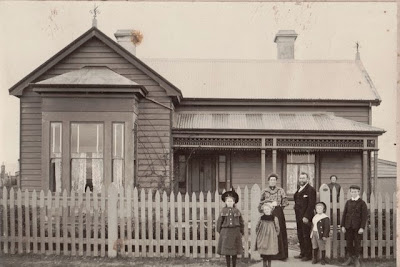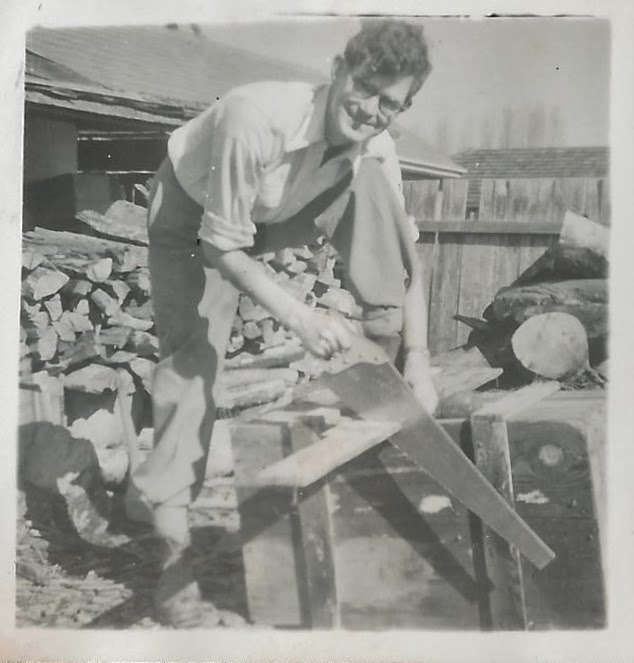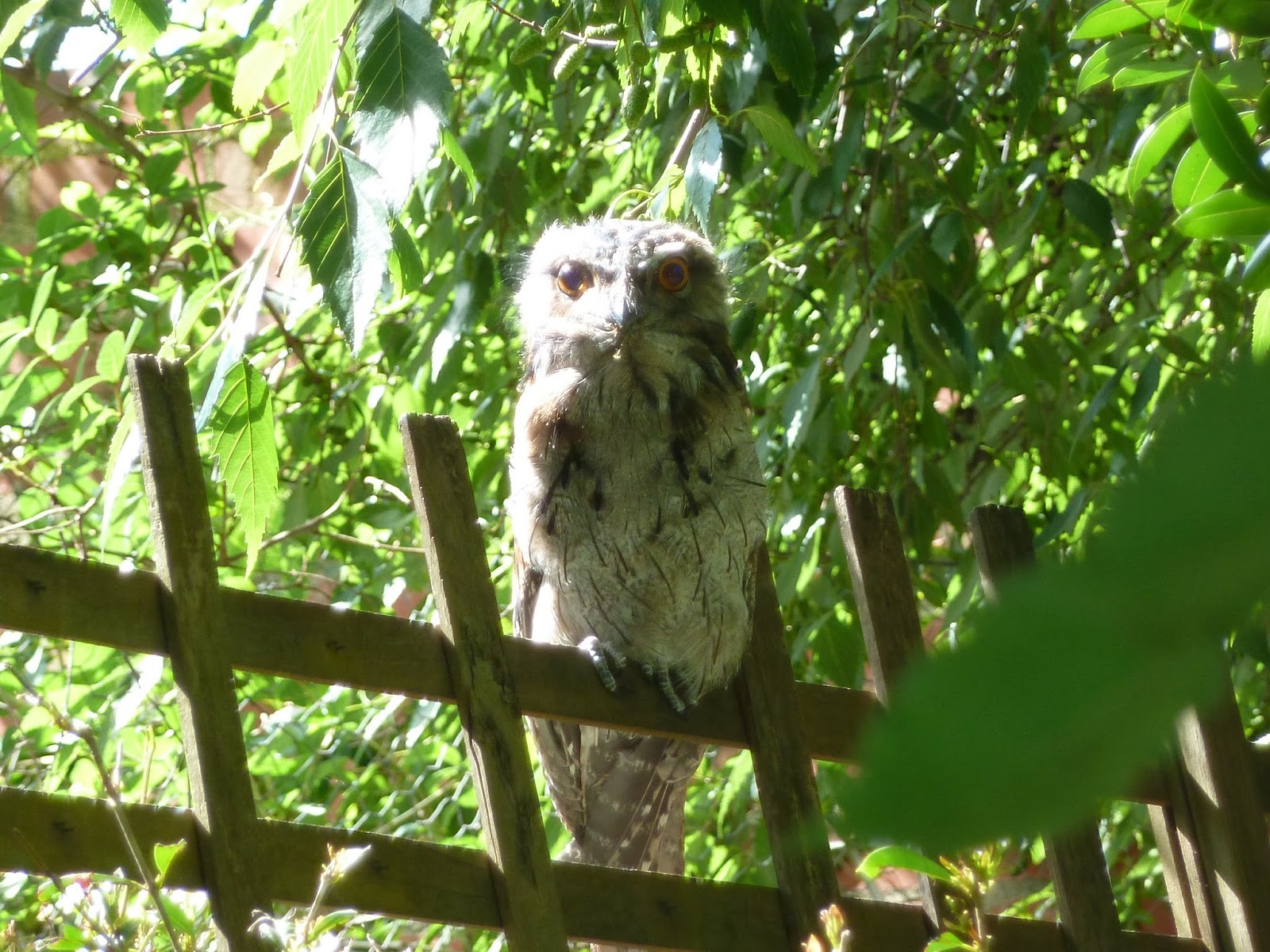I grew up in Canberra,which was planned and designed in 1913 as the capital city of Australia, and is located in the Australian Capital Territory, between Sydney and Melbourne. Canberra was built around a flood plain, at the centre of which was the Molonglo River. The winner of the world-wide competition for the design of the city was an American architect called Walter Burley Griffin, and one central feature of his plan was to turn that flood plain into a lake, around which various significant institutional buildings would eventually be constructed, such as the National Parliament, the High Court, the National Library, the National Art Gallery and the National Museum of Australia.
In consequence of disagreements with Walter Burley Griffin, departures from his original plans and the intervention of two world wars, the Molonglo River continued to divide north and south Canberra for fifty years before it was eventually dammed to form a lake, to be known as Lake Burley Griffin. Originally the only convenient way to get from one side to the other was to use a bridge called Lennox Crossing, which was regularly submerged when floods occurred and that this caused considerable disruption and inconvenience for Canberrans. Below is one photograph showing the crossing in flood in.1926, from the collection of the National Archives of Australia, and another showing the bridge in 1927.

The following items snipped from the Canberra Times of 26 February 1934 and of 2 March 1961 respectively provide examples of the sorts of problems caused by floodwaters from the Molonglo River. Such flooding had been a regular occurrence ever since the very early days of the Capital.
 |
 |
| Canberra Times, 26 July 1961 |
In 1960 tenders were called and accepted and in 1961 work began on the excavation and construction of Scrivener Dam and Lake Burley Griffin. On Friday 20 September 1963, the Honourable Mr Gordon Freeth, then Minister for the Interior, officially closed the valve on the Scrivener Dam which would cause the lake to fill. The advertisement below from the Canberra Times invited the members of the public to attend, and I was part of a busload of other students from my school and others who were chosen to go along and witness the occasion. You can see from the advertisement that the duty was intended to be performed by the Prime Minister, but apparently he was indisposed on the day. I wonder if Mr Freeth's substitution mean that the commemorative plaque to be erected at the spot had to be completely remade. As the notice says, the next day, September 21, was declared an open day for the public to inspect the dam and a related display. Special buses were arranged if you weren't driving, for a return fare of 2/6 for adults.

 |
This photograph from the National library of Australia shows Mr Freeth speaking in 1961 at the opening of Kings Avenue Bridge. one of two substantial bridges built to cross the future lake. It looks like Mr Menzies is seated behind him. He would get his chance at a ceremony on 19 October 1964 to commemorate the filling of the lake. If you have a few spare minutes, you might like to click here and watch this short film about the construction of Lake Burley Griffin. Apart from giving an interesting history of the lake's conception and creation, it gives quite a good insight into life in Canberra in the 1960s!
The headline for the remainder of this article published in the Canberra Times of 24 September 1963 was "Dam Visitors Locked Out", and the article proceeded to detail the chaos that resulted when thousands of people tried to visit the dam on the Sunday, when it was no longer open for viewing.  |
Despite the optimism of those determined sailors, there was a seven month delay in the natural filling of the dam following the valve closure, due to Canberra experiencing drought conditions, but finally the rain came in April 1964 and filling progressed rapidly from then onwards. The lake was officially considered full in September of that year.
.
As Prime Minster Menzies says in his speech on film, the lake has certainly become a focus for Canberrans and visitors to gather around for relaxation and to participate in many sporting activities. Below are a few photos from the 1970s and 1980s showing family members spending time around the lake.
 |
| Grace Dawn Featherston, aka Aunty Dawn to her many nieces, nephews and their families, visiting the Lake with the Water Fountain shooting 147 metres up behind her, c. 1975. |
 |
| Our eldest daughter enjoying a ride on her uncle's wind surfer, c. 1982 |
 |
| Cousins Ben and Claire at the lake, perhaps on a family picnic, c. 1984 |
For more Sepian tales on this week's photo prompt, just click here to go to
Sepia Saturday 221.













.JPG)














































